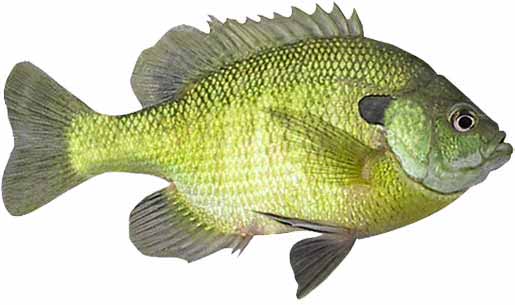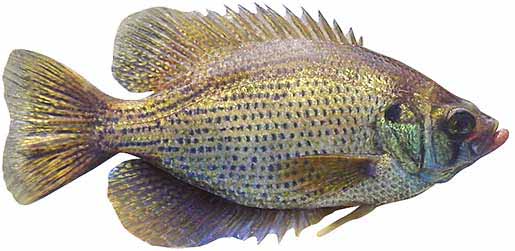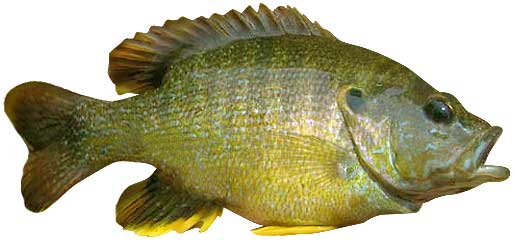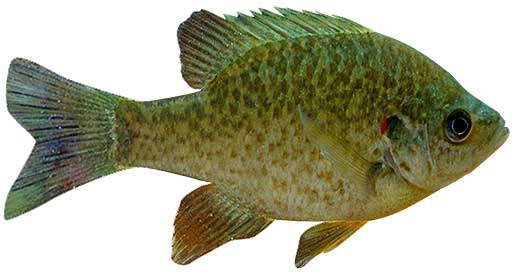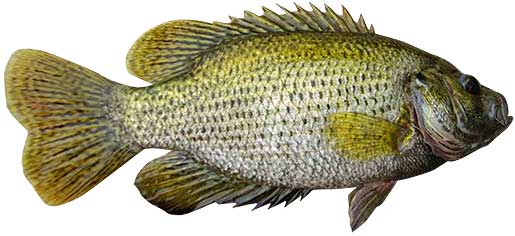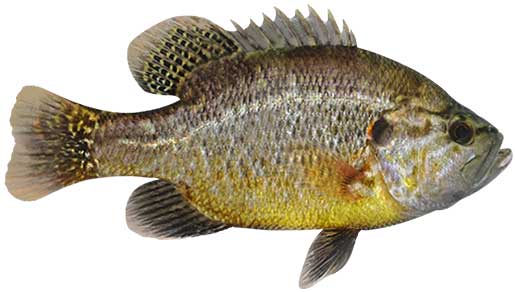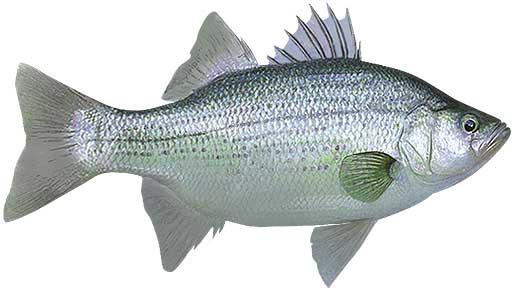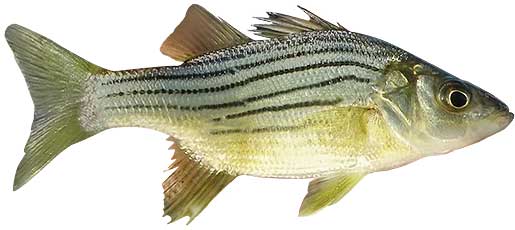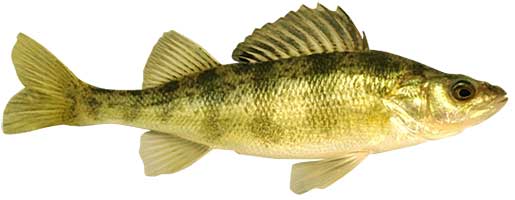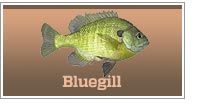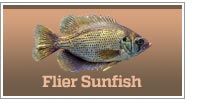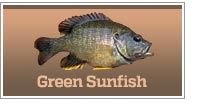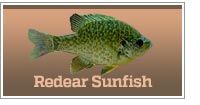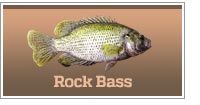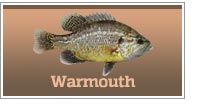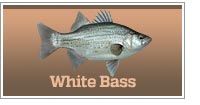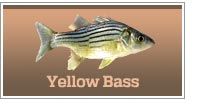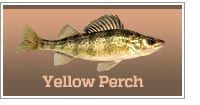Panfish Fishing In Indiana
Guide to fishing for panfish, sunfish, perch and bluegill in lakes and ponds
Throughout the state of Indiana you can find waters with populations of panfish, includingbluegill, flier sunfish, green sunfish, redear sunfish, rock bass, warmouth, white bass, yellow bass and yellow perch.

Pan Fish Fishing Options
Bluegill Fishing Basics Video
The core principles shown in this video will work for most sunfish, perch and other panfish.
What Are Panfish?
Sunfish and panfish are terms encompassing various freshwater species like bluegill, sunfish, and perch. Panfish are opportunistic feeders, consuming a diverse array of prey. Their diets commonly consist of aquatic insects, small crustaceans, and even smaller fish. However, different species of sunfish preferences may shift based on seasonal variations and local conditions. During warmer months, when insect activity is high, panfish tend to focus more on insects and larvae. As temperatures drop, they may switch to feeding on smaller fish, worms or crustaceans.
Types Of Panfish
Mostly from the sunfish family, panfish that we cover in this website include bluegill, eight species of sunfish, rock bass, white and yellow bass, and white and yellow perch. Panfish are prolific spawners and repopulate the waters as fast as they are harvested.
Sunfish Size
Bluegill, perch and sunfish generally range from less than half a pound to over 4 or 5 pounds at world-record size. The world record for tilapia is over 9 pounds.
Fishing For Panfish
Sunish are eager feeders, making them an excellent target for youth fishing outings. The most popular method is using ultralight tackle, such as light rods and small reels, paired with tiny hooks and light line - ideally 2-6-pound.
Annually, panfish exhibit predictable movement patterns influenced mostly by water temperature and spawning instincts. As temperatures rise in spring, panfish migrate from deeper waters towards shallow areas, where they spawn. This migration provides anglers with prime opportunities to catch panfish, as they tend to congregate in large numbers. At this time, they will be found in shallow bays, spawning beds, or near submerged vegetation. In summer and winter they drop into deeper water.
Pan Fish Baits And Lures
Baits like live worms, insect larvae, and small minnows are commonly used to entice bites. Tiny jigs, spinners, soft plastics, and prepared baits are also effective. Miniature size is important to mimic the delicate feeding habits of freshwater panfish. A small bobber or float can be attached to the line to suspend the bait at a desired depth. Experiment with colors and sizes to match the preferences of the targeted species.
Common Sunfish Species In Indiana
Bluegill
One of the easiest fish to catch, bluegill are eager to take most types of sunfish bait and lures. They are sight feeders and prefer slightly stained water with little or no current. Bluegill tend to run in schools and congregate near their food supply. These aggressive eaters can survive in most warm-water fisheries, preferring water temperatures ranging from 60° to 85°. Ideal hook sizes are #6 to #10.
Flier Sunfish
Found primarily in the southern part of the USA, flier sunfish prefer rivers and weedy lakes with warmer water temperatures. This is a favorite for private ponds. Its diet can include insects and small invertebrates. Use standard sunfish bait, fished on a size 12 hook. Fliers can be taken on flies and are fun to catch on ultra light equipment.
Green Sunfish
Another species that adds variety to panfish fishing in the state is the green sunfish. While they may not be as numerous as bluegill, they are still sought after by many anglers. The green sunfish is native to lakes and ponds and prefers areas with heavy vegetation or other cover. Use standard sunfish bait, fished on a size 8 to size 12 hook.
Redear Sunfish
Also known as shellcrackers, redear sunfish are less common but can be found in certain waters throughout Indiana. They are slightly larger than bluegill and are recognized for their distinctive red ear flap. The red stripe along the edge of the ears is the distinguishing mark for males, and is orange on females. Use standard sunfish bait, fished on a size 8 to size 10 hook.
Rock Bass
Native to the eastern half of the USA, the rock bass is good eating and fun to catch. You can find rock bass in streams and rivers where they prefer clear water with rocky bottom and vegetation. The rock bass, aka goggle-eye, green sunfish and sometimes branch perch, prefers water temperatures from 64 to 72 degrees., Use standard sunfish bait, fished on a size 8 to size 12 hook.
Warmouth
The warmouth sunfish has a larger mouth than most sunfish and can eat larger prey. Adult warmouths feed on insects, mollusks, minnows and small fish. They prefer sandy bottoms of quiet areas in creeks, streams and rivers. They look for heavy vegetation to use as cover. Use standard sunfish bait, fished on a size 6 to size 10 hook.
White Bass
Often called sand bass, stripes, barfish and silver bass, white bass have silver sides with horizontal dark stripes. They are a good fighter, fun to catch and tend to run in schools, often schools of several hundred or more. Their primary diet is bait fish and other smaller fish but they also eat worms and insects. Fish for white bass on light tackle with jigs, spoons, minnow-imitation lures and live bait.
Yellow Bass
Yellow bass are generally silver or golden on the sides with yellow bellies and dark horizontal stripes. Yellow bass prefer warmer water temperatures yet remain active, even in colder water.They average about half a pound and tend to run in schools. Use spoons, spinners, or live minnows.
Yellow Perch
Yellow perch are found in ponds, lakes, and slow-moving rivers, ideally in clear water near vegetation. They are often misnamed as perch, rock perch and many other names. Their primary diet consists of minnows and other small fish, insects and worms. Yellow perch prefer water temperatures from 66 to 70 degrees but remain active in temperatures outside this range. They are a favorite of many ice fishing enthusiasts.
Panfish fishing in Indiana is a great way to introduce kids to the joys of fishing. The small size of these fish makes them perfect for small anglers. Their willingness to bite ensures a positive experience for young anglers. Taking kids fishing is a great investment in their future. With numerous youth fishing events and family-friendly locations across the state, panfish fishing in Indiana is a fantastic way to create lasting memories and foster a love for the outdoors in the next generation of anglers.
Best Panfish, Bluegill, Sunfish & Perch Lakes
 Pick a lake, any lake. Virtually all have one or more species of panfish. The more consistent schools tend to come from major lakes including Barbee Lake, Bass Lake, Big Long Lake, Big Turkey Lake, Bluegrass FWA, Brookville Lake, Cagles Mill Lake, Cecil M Harden Lake, Dewart Lake, Dogwood Lake, Eagle Creek Reservoir, Geist Lake, Griffy Lake, Hamilton Lake, Hardy Lake, Hovey Lake, Irish Lake, J C Murphey Lake, J Edward Roush Lake, James Lake, Jimmerson Lake, Kuhn Lake, Lake Freeman, Lake Lemon, Lake Manitou, Lake Maxinkuckee, Lake Michigan, Lake Papakeechie, Lake Shafer, Lake Wawasee, Mississinewa Reservoir, Monroe Lake, Morse Reservoir, Nyona Lake, Patoka Lake, Pine Lake, Prairie Creek Reservoir, Salamonie Lake, Summit Lake, Sylvan Lake, Syracuse Lake, Tippecanoe Lake, Turtle Creek Reservoir, Waubee Lake, Webster Lake, West Boggs Lake, Winona Lake, Witmer Lake and Worster Lake.
Pick a lake, any lake. Virtually all have one or more species of panfish. The more consistent schools tend to come from major lakes including Barbee Lake, Bass Lake, Big Long Lake, Big Turkey Lake, Bluegrass FWA, Brookville Lake, Cagles Mill Lake, Cecil M Harden Lake, Dewart Lake, Dogwood Lake, Eagle Creek Reservoir, Geist Lake, Griffy Lake, Hamilton Lake, Hardy Lake, Hovey Lake, Irish Lake, J C Murphey Lake, J Edward Roush Lake, James Lake, Jimmerson Lake, Kuhn Lake, Lake Freeman, Lake Lemon, Lake Manitou, Lake Maxinkuckee, Lake Michigan, Lake Papakeechie, Lake Shafer, Lake Wawasee, Mississinewa Reservoir, Monroe Lake, Morse Reservoir, Nyona Lake, Patoka Lake, Pine Lake, Prairie Creek Reservoir, Salamonie Lake, Summit Lake, Sylvan Lake, Syracuse Lake, Tippecanoe Lake, Turtle Creek Reservoir, Waubee Lake, Webster Lake, West Boggs Lake, Winona Lake, Witmer Lake and Worster Lake.
Indiana State Fish Records
In-state panfish, sunfish and perch
Bluegill
World record: 4 lbs 12 oz
State Record: 3 lbs 4 oz
Flier sunfish
World record: 1 lbs 4 oz
State Record: 0 lbs 3.5 oz
Green sunfish
World record: 2.2 lbs
State Record: 1 lbs 10 oz
Redear sunfish
World record: 5.4 lbs
State Record: 3 lbs 10 oz
Rock bass
World record: 3.0 lbs
State Record: 3 lbs 0 oz
Warmouth
World record: 2.4 lbs
State Record: 1.4 lbs
White Bass
World record: 6.8 lbs
State Record: 4 lbs 3 oz
Yellow bass
World record: 2 lbs 15 oz
State Record: 2 lbs 15 oz
Yellow perch
World record: 4 lbs 3 oz
State Record: 2 lbs 8 oz
Click the images and links above for species details.
A private pond yielded the state record both bluegill.
The state record flier came from a stream in Jackson County.
The state record green sunfish came from a gravel pit.
The state record redear sunfish came from a pond.
The state record rock bass was taken from Sugar Creek.
The state record warmouth was caught out of North Dugger Pit.
Lake Freeman served up the state record white bass.
Morse Reservoir was home to the state record yellow bass.
The state record yellow perch was taken out of a gravel pit in Vigo County.
Sunfish fishing information in other states
090524*
INDIANA




